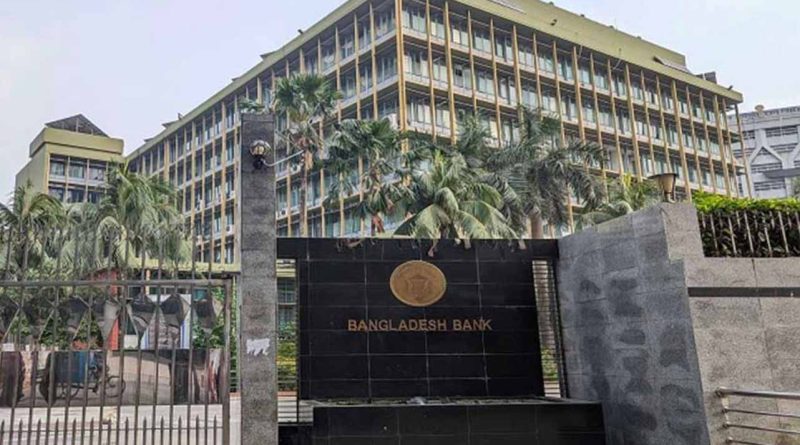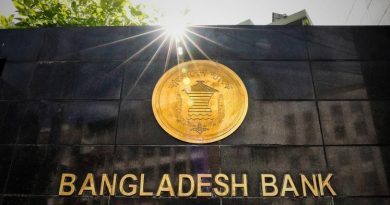Bangladesh Bank is set to reduce the Export Development Fund (EDF) to $2 billion by December, aligning with commitments under its $4.7 billion IMF loan programme, according to senior central bank officials.
Under the agreement, the EDF — a key foreign currency loan facility for exporters — will remain capped at $2 billion until December 2026, with no plans for expansion during that time. The fund currently stands slightly above the target level.
IMF pressure forces downsize
Introduced to provide exporters with low-interest foreign currency loans, the EDF ballooned to $7 billion during the pandemic to cushion the export sector. But as reserves began to fall and dollar shortages deepened from mid-2022, the central bank started scaling it back to strengthen its balance sheet and comply with IMF transparency standards.
“The IMF has required Bangladesh Bank to keep the EDF within $2 billion,” said a senior central bank official. “The larger the fund, the more exporters can borrow, but we’ve had to reduce it to meet programme conditions.”
Officials admit the IMF’s stance was influenced by misuse of EDF loans and weak repayment discipline, which raised concerns about reserve management.
Exporters feel the pinch
Exporters say the shrinking fund has made it harder to access low-cost financing.
“When the EDF was large, loans were readily available,” said Mohammad Hatem, president of the Bangladesh Knitwear Manufacturers and Exporters Association (BKMEA). “Now, getting a loan has become very difficult. Repayments take time, so funds are often unavailable. Many exporters no longer apply.”
Economists question EDF’s impact
Economists acknowledge that while the EDF has supported exporters for years, its broader goal — diversifying Bangladesh’s export base — has largely failed.
“The EDF has been useful but did little to expand exports beyond garments,” said Prof Mustafizur Rahman, a distinguished fellow at the Centre for Policy Dialogue (CPD). “The cutback came as reserves declined and the IMF sought more transparency. Still, the fund could be restructured and expanded later to promote diversification.”
Former World Bank lead economist Dr Zahid Hussain echoed that sentiment. “Despite such a large facility, our export dependence on garments remains unchanged,” he said. “The EDF should be audited to identify why expected results never materialised.”
Rising forced loans raise alarm
Bangladesh Bank investigations have found widespread irregularities and misuse in EDF lending. Several exporters failed to repay loans on time, turning EDF credits — funded from reserves — into forced loans.
A senior official said many exporters failed to bring in export proceeds because foreign buyers defaulted. As a result, local banks had to settle payments with overseas banks, converting unpaid EDF obligations into forced loans.
One state-owned bank’s forced loans linked to EDF surged 410% in 2021, from Tk1,400 crore to Tk7,141 crore, according to its annual report.
Economists warn that while cutting the EDF may improve reserve transparency and meet IMF terms, tightened access to foreign currency loans could weaken export competitiveness, particularly for small and medium-sized exporters already facing global headwinds.






